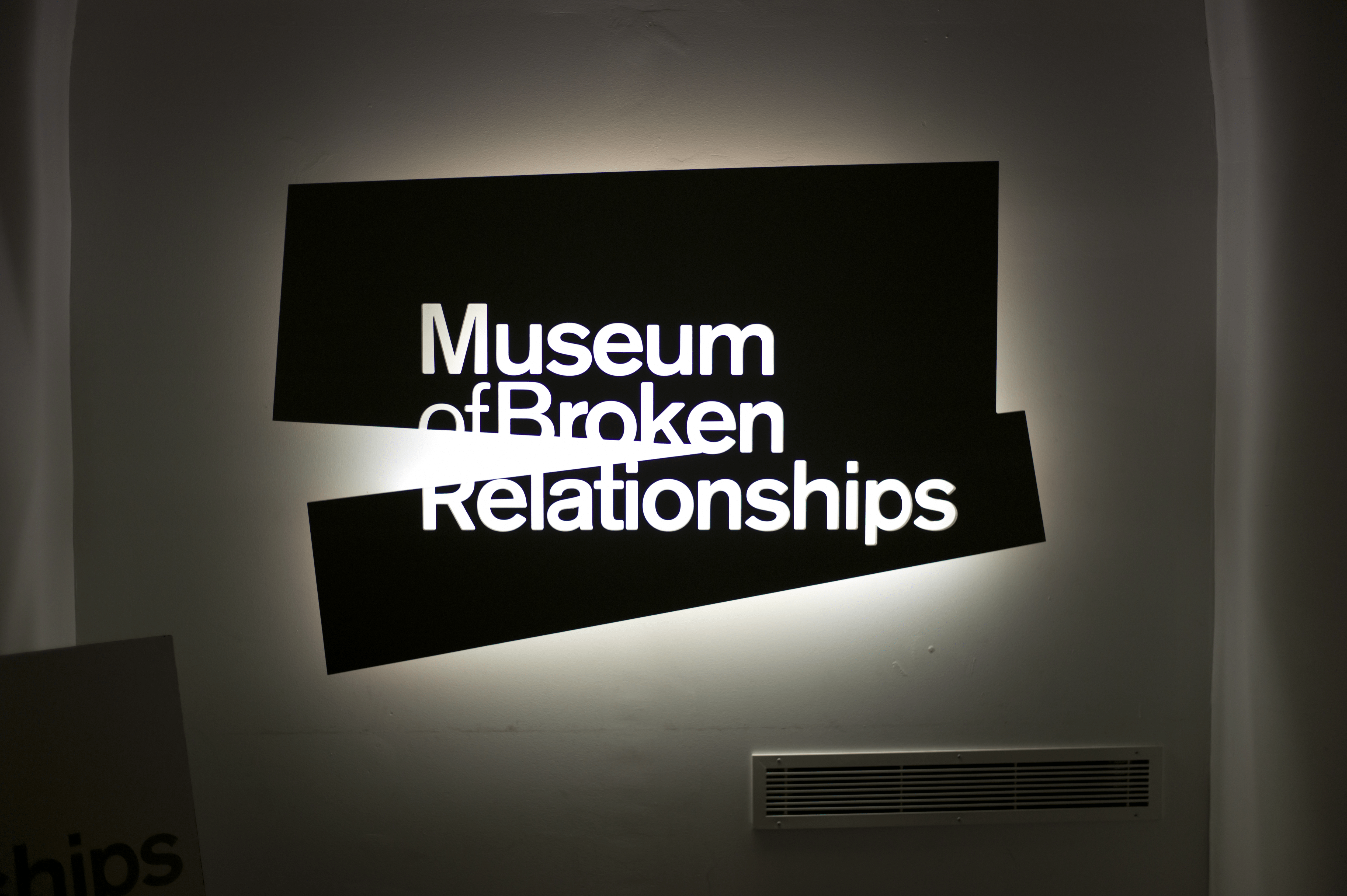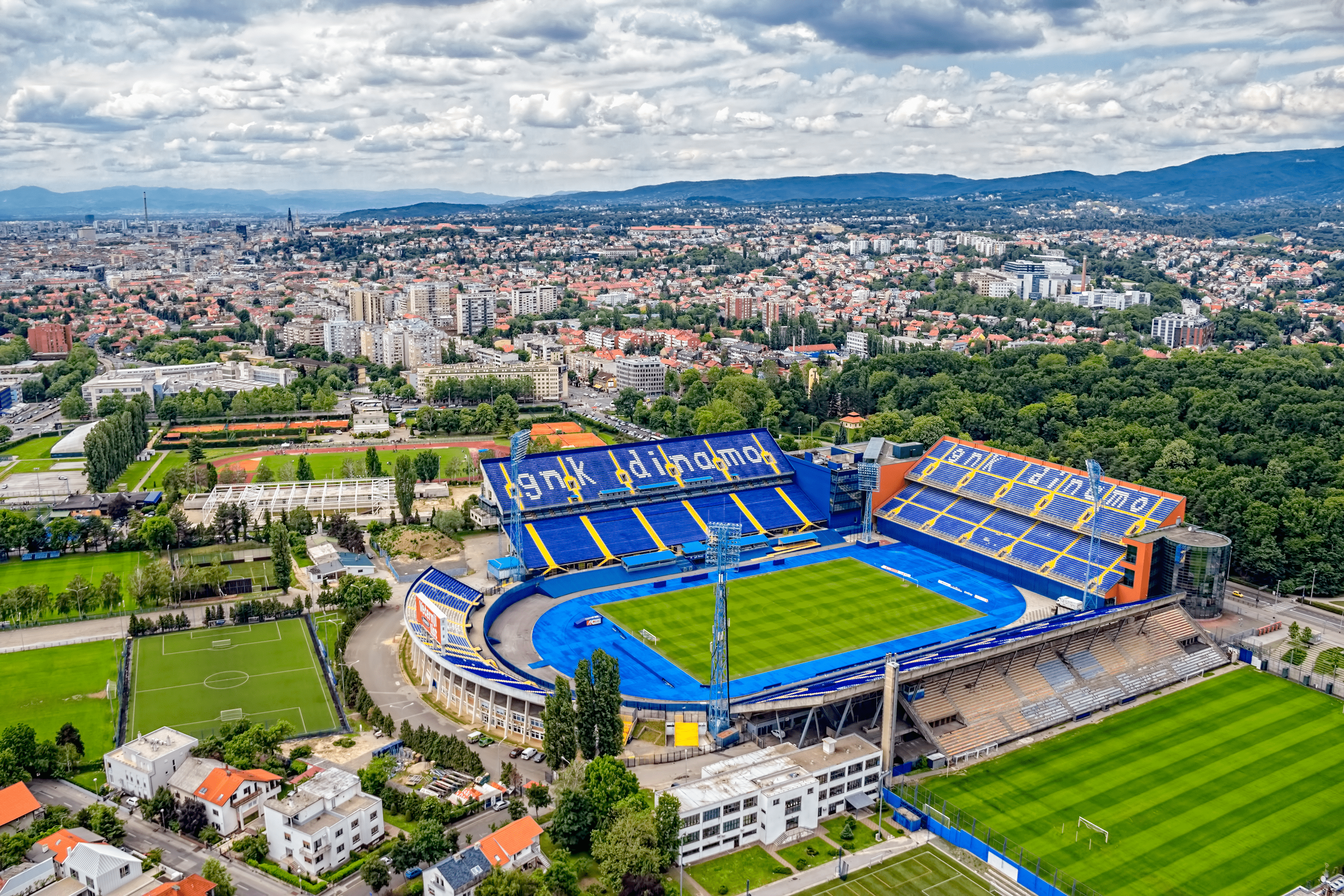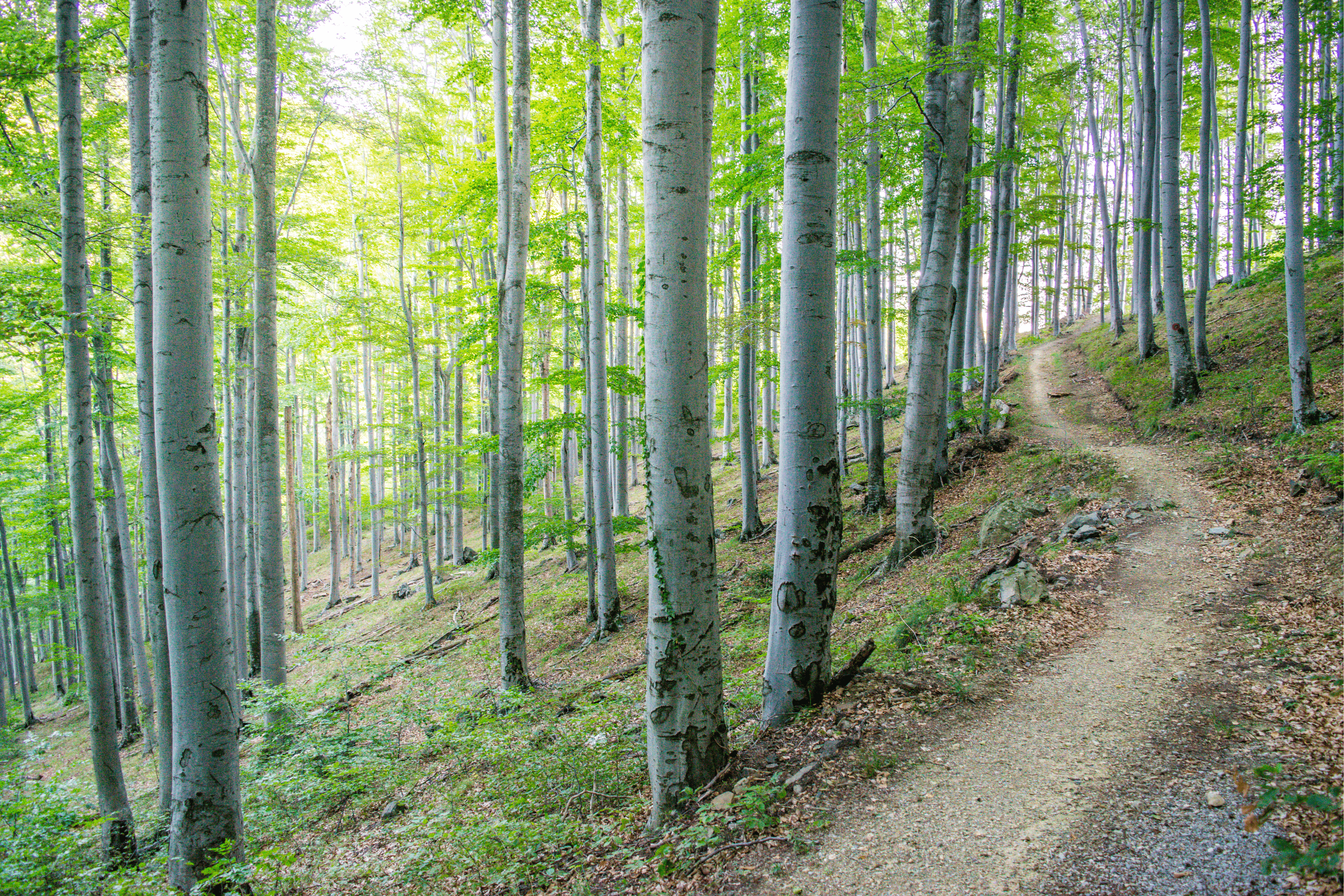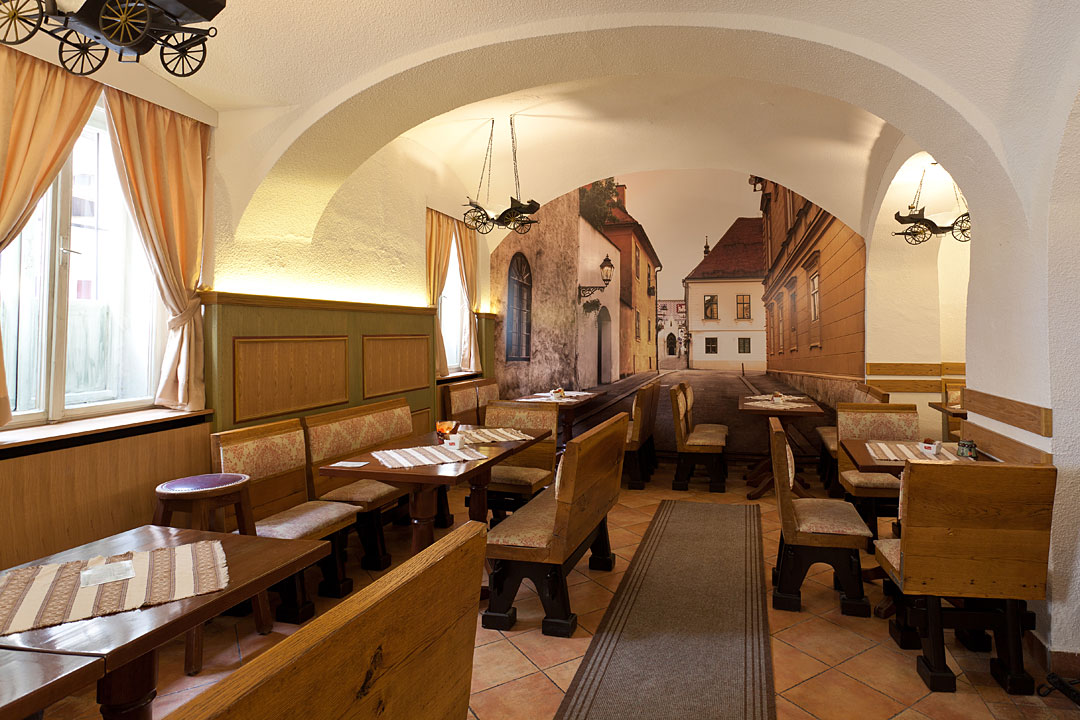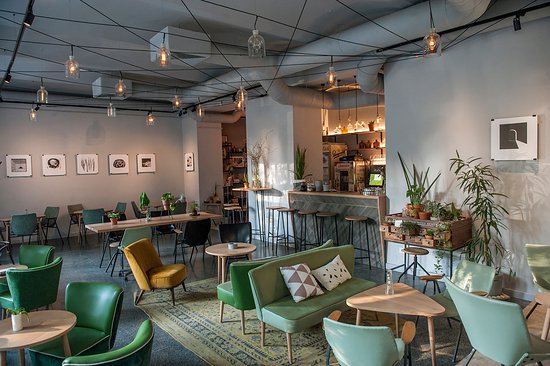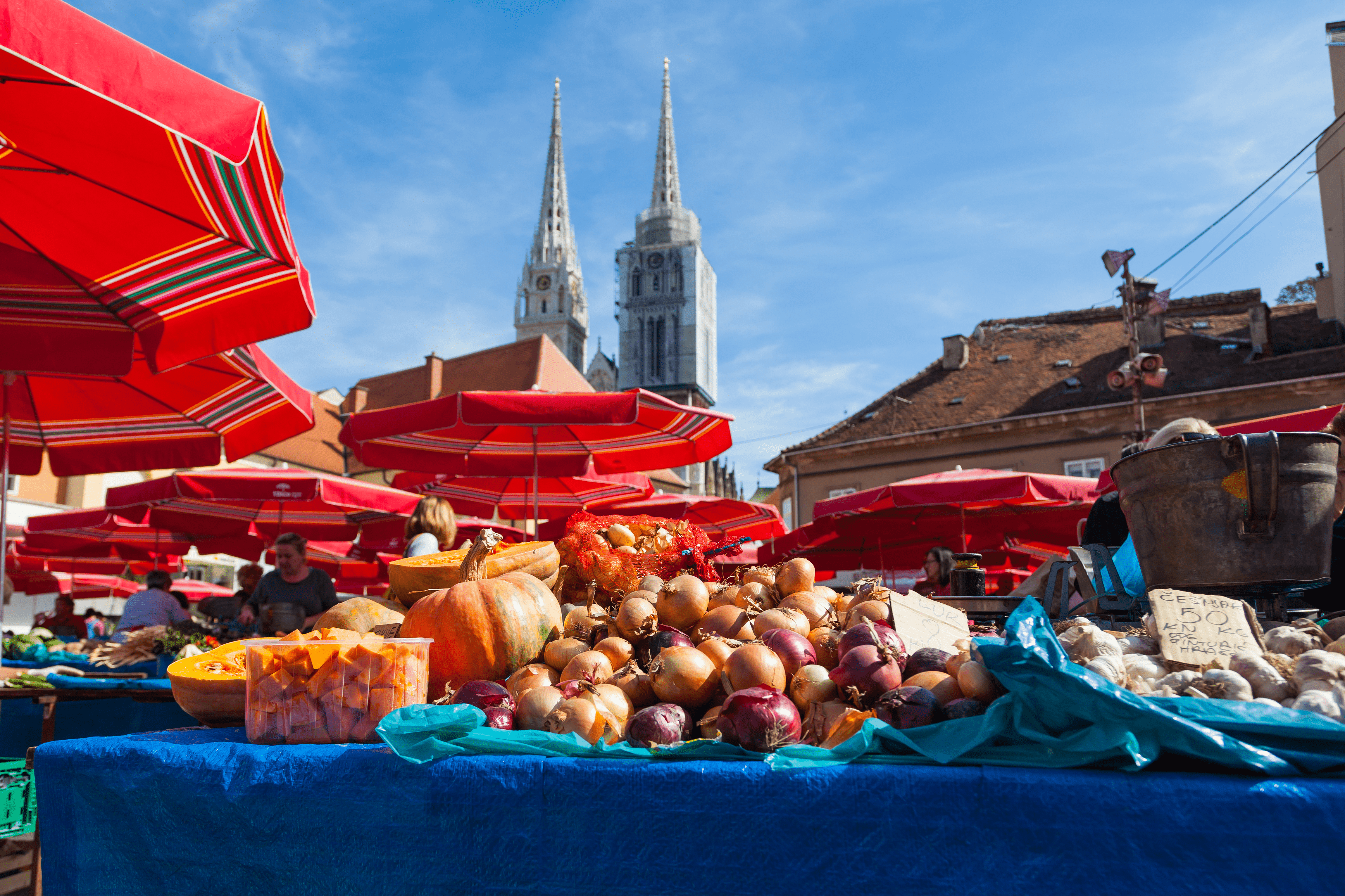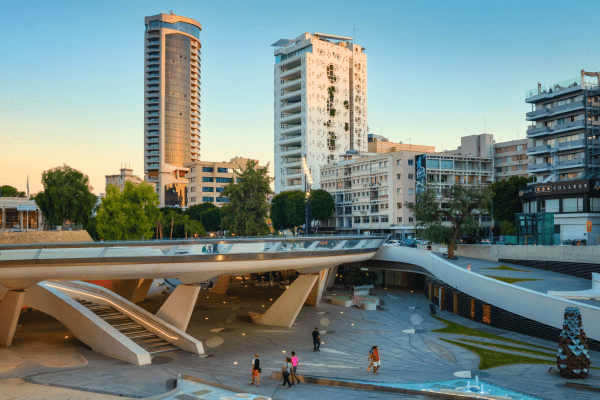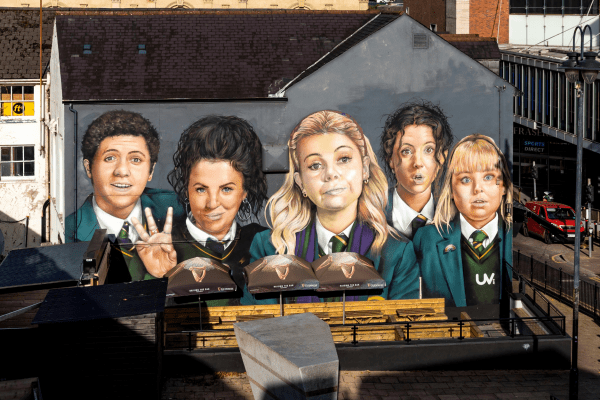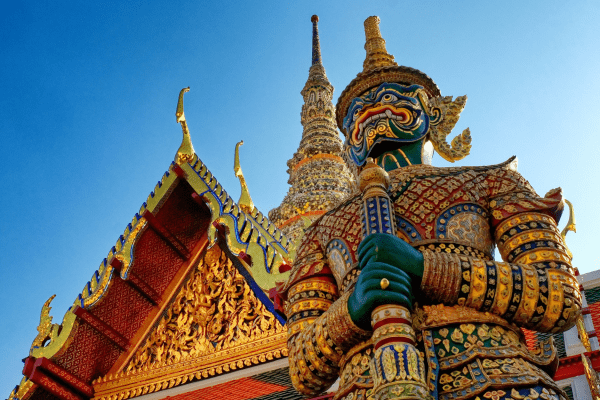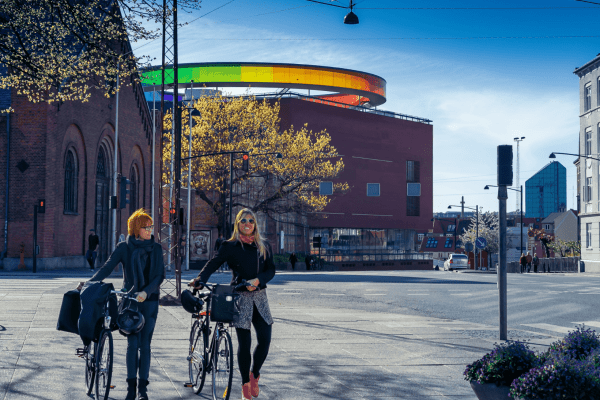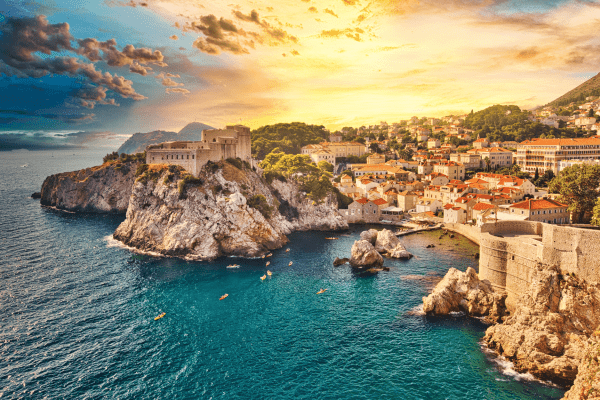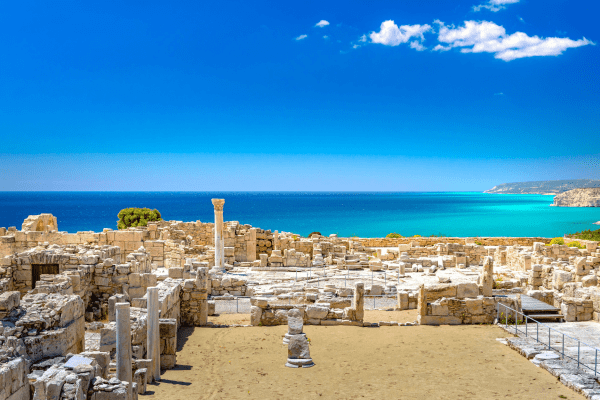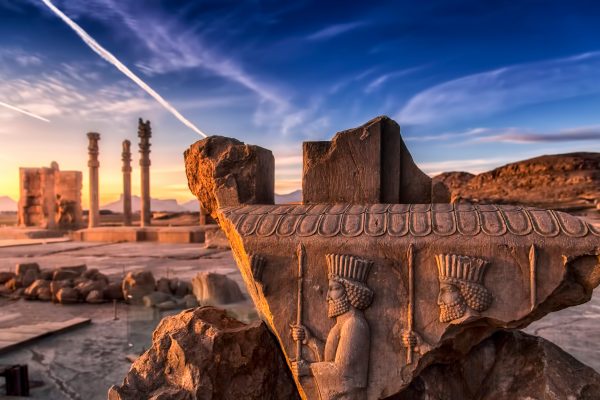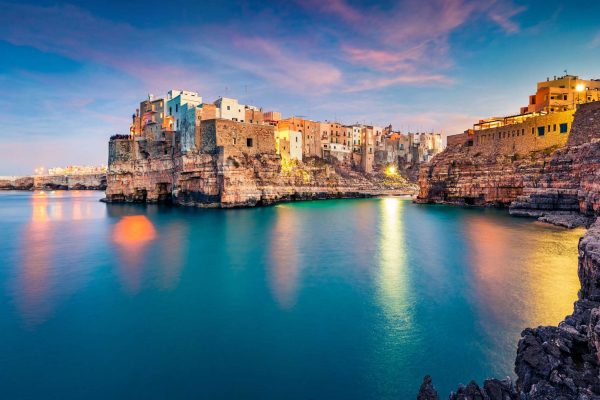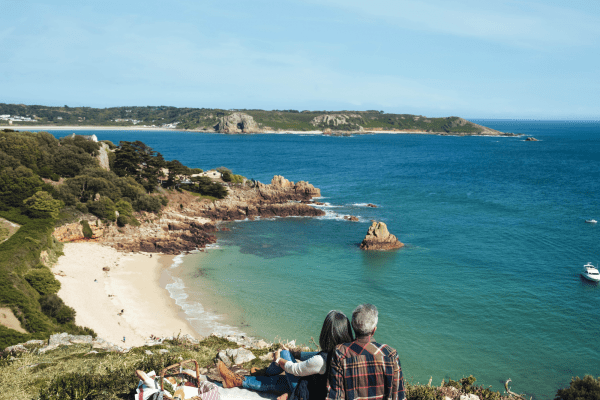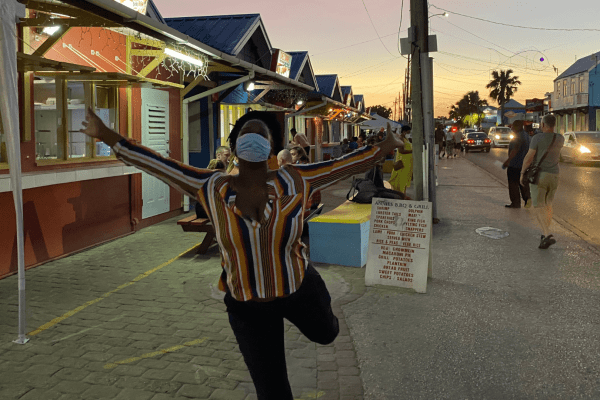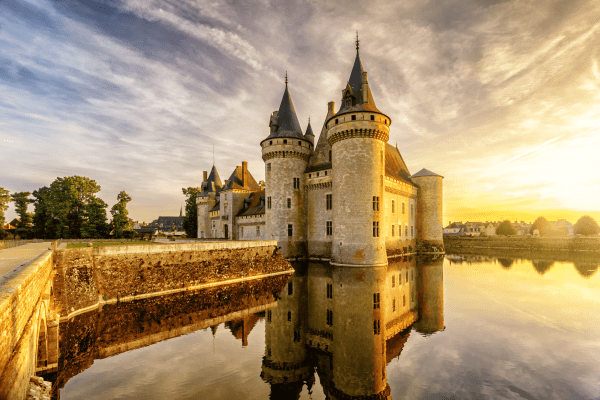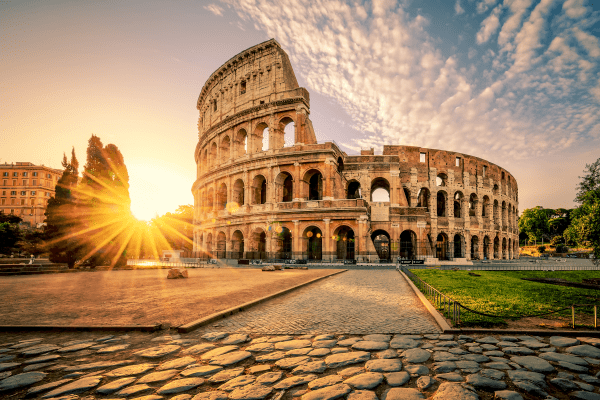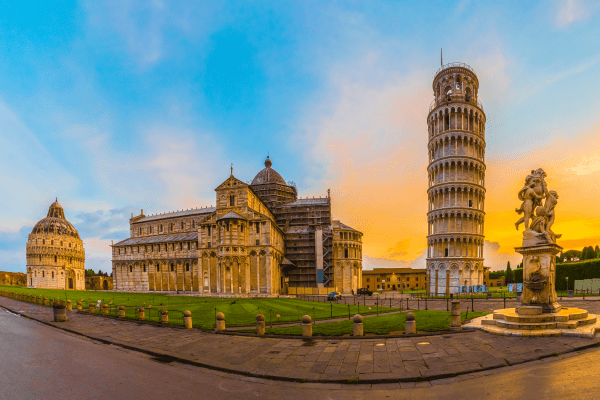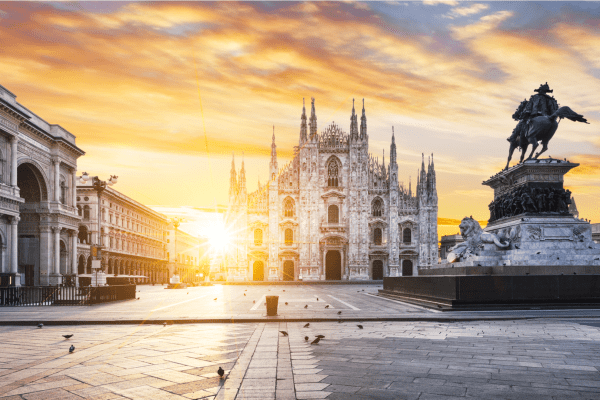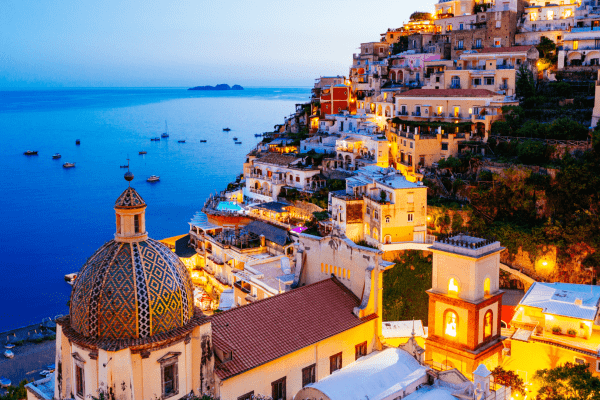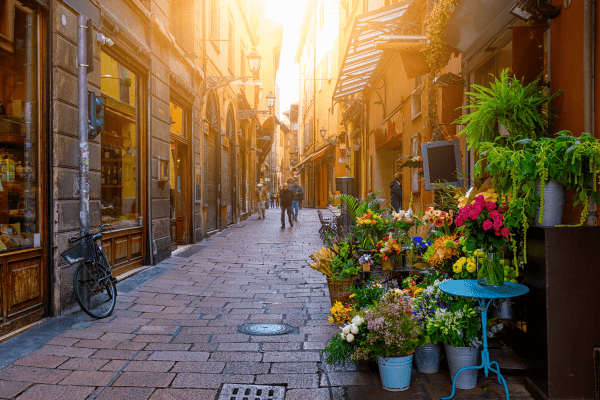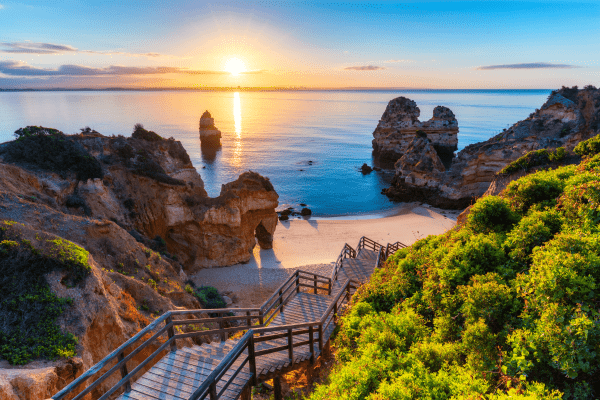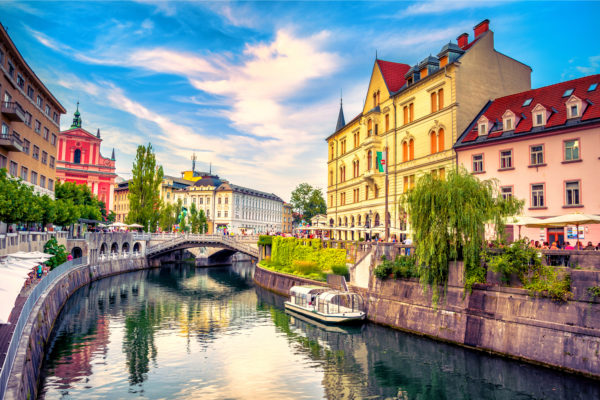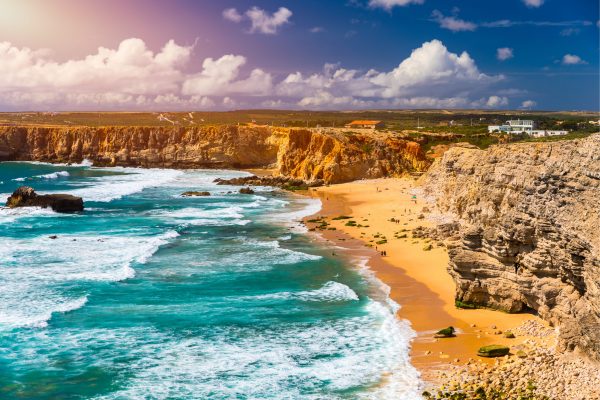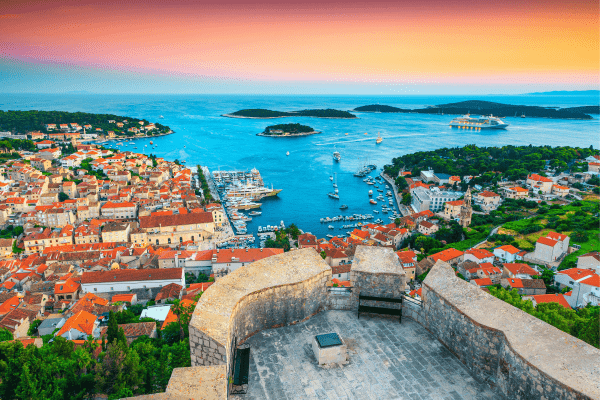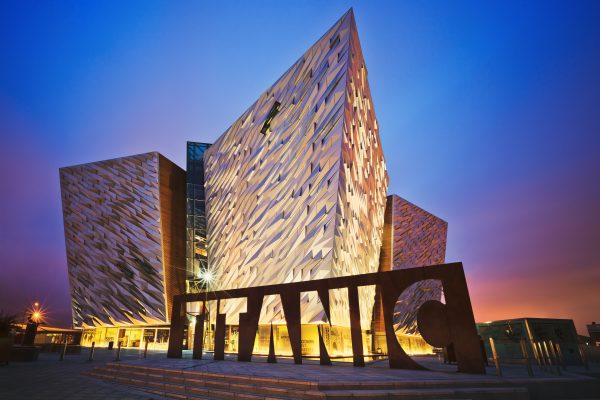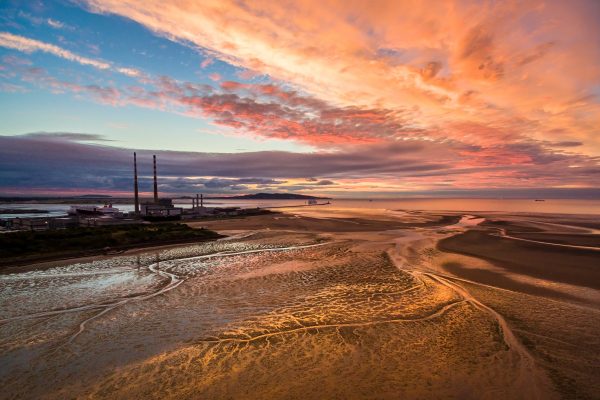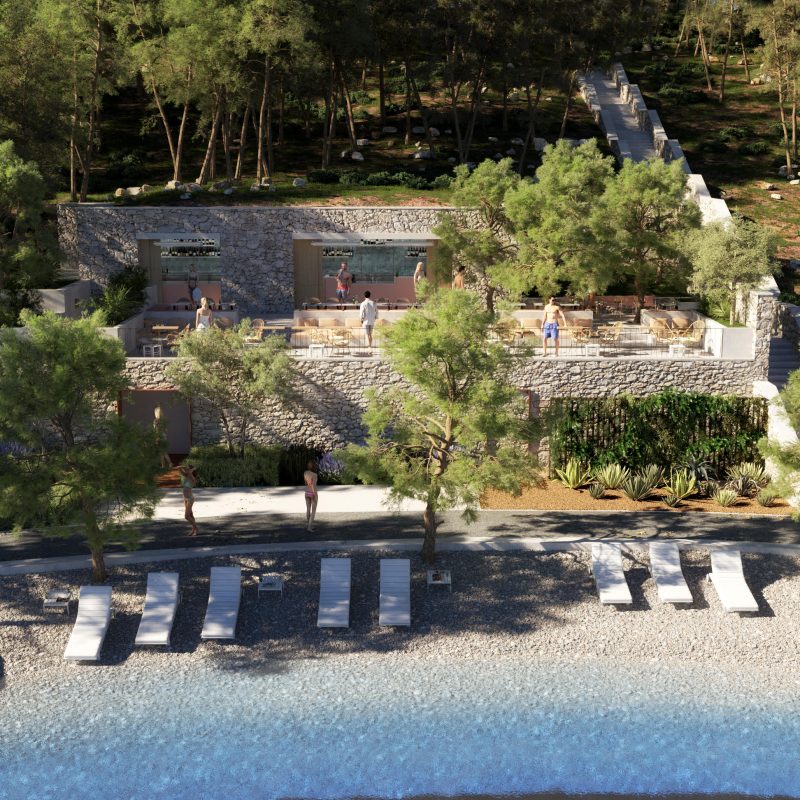Hidden treasures past and present in the Croatian capital
So, how do you know the time in Zagreb? One simple way. On the dot of noon, a single heart-stopping cannon shot is fired marking midday. The booming time-check cracking your eardrums dates from 1877 and signifies victory over the Turks at a time when Croatia was part of the Austrian-Hungarian Empire. It’s just one fascinating feature in a surprising capital, a city that in the past century alone has been part of four different nations.
These days Zagreb offers a vibrant mix of lifestyles embracing traditional Central European culture, a laid-back Mediterranean lifestyle and modern innovative projects. It’s a safe business and commercial centre with warm welcoming people that retain a proud allegiance to a historic past. It is so easily accessible as well with flights and trains arriving from all over Europe. Its inland location, close to the Slovenian border, is just far enough away from the pricy tourist resorts of the popular Croatian coast to ensure costs remain low. Zagreb is a delightful find, rivalling well-known neighbours like Prague and Budapest for history, culture and affordability.
Zagreb for many remains a little-known gem, but still becomes busy with European visitors in the warm spring and summer and again for a busy advent and festive period. If you really want a crowd-free experience, the best time to travel is February and November. These months see cooler temperatures and few arrivals but there are plenty of fun indoor activities, low season events, and lots of outside spaces to enjoy if you wrap up warm. Plus, in November you’ll still enjoy the beautiful autumn leaves.
The Upper and the Lower
Have fun exploring on foot, or try out the city’s really easy tram service. The centre is pretty much divided into two main parts, once distinct historic settlements. Gornji Grad or upper Zagreb is linked to the lower Donji Grad by funicular, but the journey between the two takes less than a minute, in fact it’s possibly the world’s shortest funicular and it can be faster to take the steps which run alongside. Top attractions are the lovely neo-gothic cathedral; bustling Tkalčićeva Street with its shops and restaurants; and the medieval structures of Lotrščak Tower and Stone Gate Chapel, site of the picture of Mary and Jesus that survived a devastating fire in 1731. Don’t miss also the church of St Mark with its wonderfully distinctive tiled roof.
Natural Zagreb
The aptly named ‘Green Horseshoe’ is formed by a series of no fewer than 8 parks curving around the centre in the lower part of town. The walkways take in stunning architecture, historic features and offer the chance to relax, and stroll in the fresh air. Our top spots are the botanical gardens with more than 5000 plant species and the area encompassing beautiful art nouveau buildings in the parks to the west. Close to the centre you’ll find Lake Jarun, a 2km wide artificial body of water with lovely strolling and cycle tracks, and Mount Medvednica for hiking. With just a little more time, venture further and take a day trip out to the stunning Plitvice Lakes National Park, a UNESCO World Heritage site of caves, lakes and cascading waterfalls.

